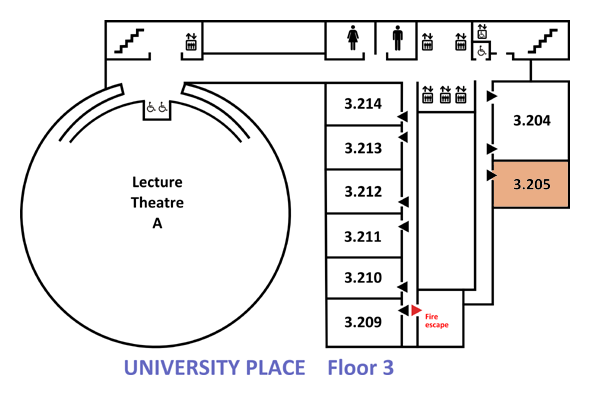
|
iCHSTM 2013 Programme • Version 5.3.6, 27 July 2013 • ONLINE (includes late changes)
Index | Paper sessions timetable | Lunch and evening timetable | Main site |

|
iCHSTM 2013 Programme • Version 5.3.6, 27 July 2013 • ONLINE (includes late changes)
Index | Paper sessions timetable | Lunch and evening timetable | Main site |
When the term ‘systems biology’ began to spread its wings within the life sciences around the turn of this century, the suggestion to introduce systems theory to biological research was not without antecedents. Among the acknowledged predecessors of current systems biology rank Norbert Wiener (as a founding father of cybernetics during and after World War II), Ludwig von Bertalanffy (and his coining of a ‘General Systems Theory’, developed between 1945 and 1968) and Robert Rosen (introducing ‘Dynamical Systems Theory’ to biology in the 1970ies). These scholars stand for an ‘early’ systems biology approach.
Moreover, the character of current systems biology is heavily influenced by recent historical developments. After a period of breakthroughs in molecular biology and the production of -omics data, a ‘new’ systems biology is currently being institutionalised via interdisciplinary research centres (e.g. in the US, the UK and Germany), the formation of collaborative networks on a national (e.g. HepatoSys and the Virtual Liver Network in Germany) and international level (e.g. within the EU funding initiatives SysMO and ERASysBio). This plural, multi-disciplinary and multi-national establishment of systems biology leaves many questions open which are commonly ignored in its characterisation as well as its historiography:

